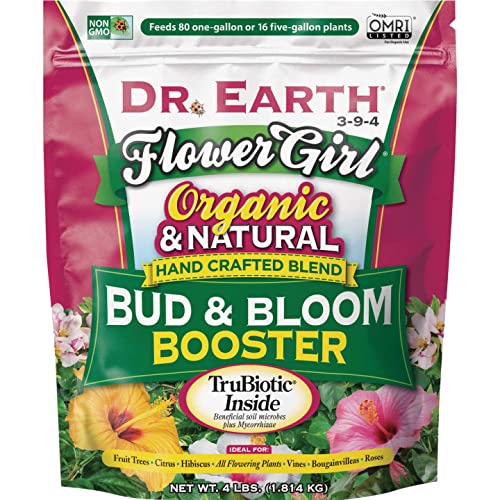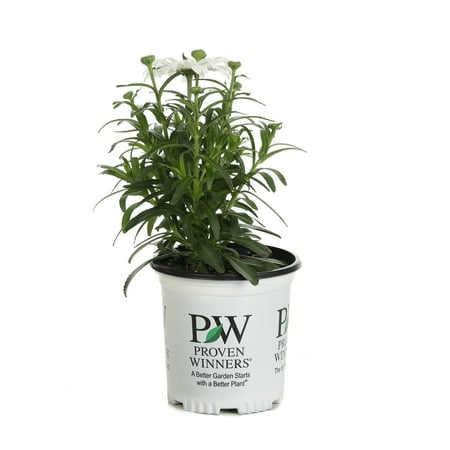Is it necessary to fertilize Shasta daisies? Expert advice from a pro grower for long-lasting blooms this summer
Learning how to fertilize Shasta daisies can help to encourage more blooms during August and September

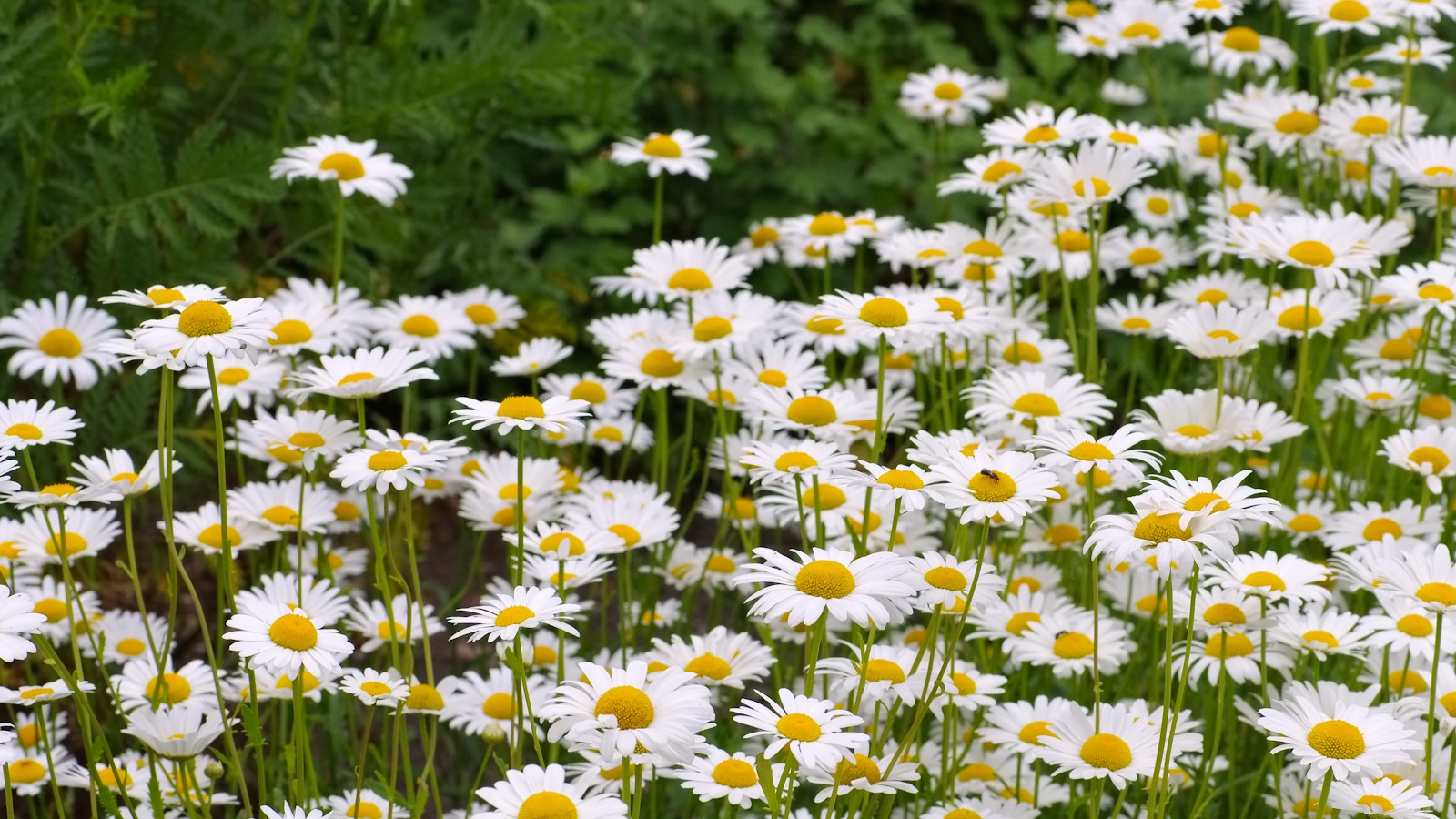
Shasta daisies, or Leucanthemum spp., are stalwarts of the summer garden. Often producing masses of daisy flowers during July, August and September, these perennials are both tough and reliable, returning year after year without fail. But, while they are remarkably easy to grow, it can help to learn how to fertilize Shasta daisies during spring and summer, particularly if yours aren't flowering as well as they used to.
I’ve loved Shasta daisies for many years, although I am particularly fond of the aptly named 'Banana Cream' variety, which produces masses of pale lemon blooms and looks great in pots. With a light feed and regular deadheading, I have enjoyed 'Banana Cream' flowers right through until the first frost.
So, if you already know how to grow Shasta daisies, but want to get the most out of your prized perennials this summer, applying a little feed can go a long way. Here's everything I know about when and how to fertilize Shasta daisies, including tips on the best products for the best results.
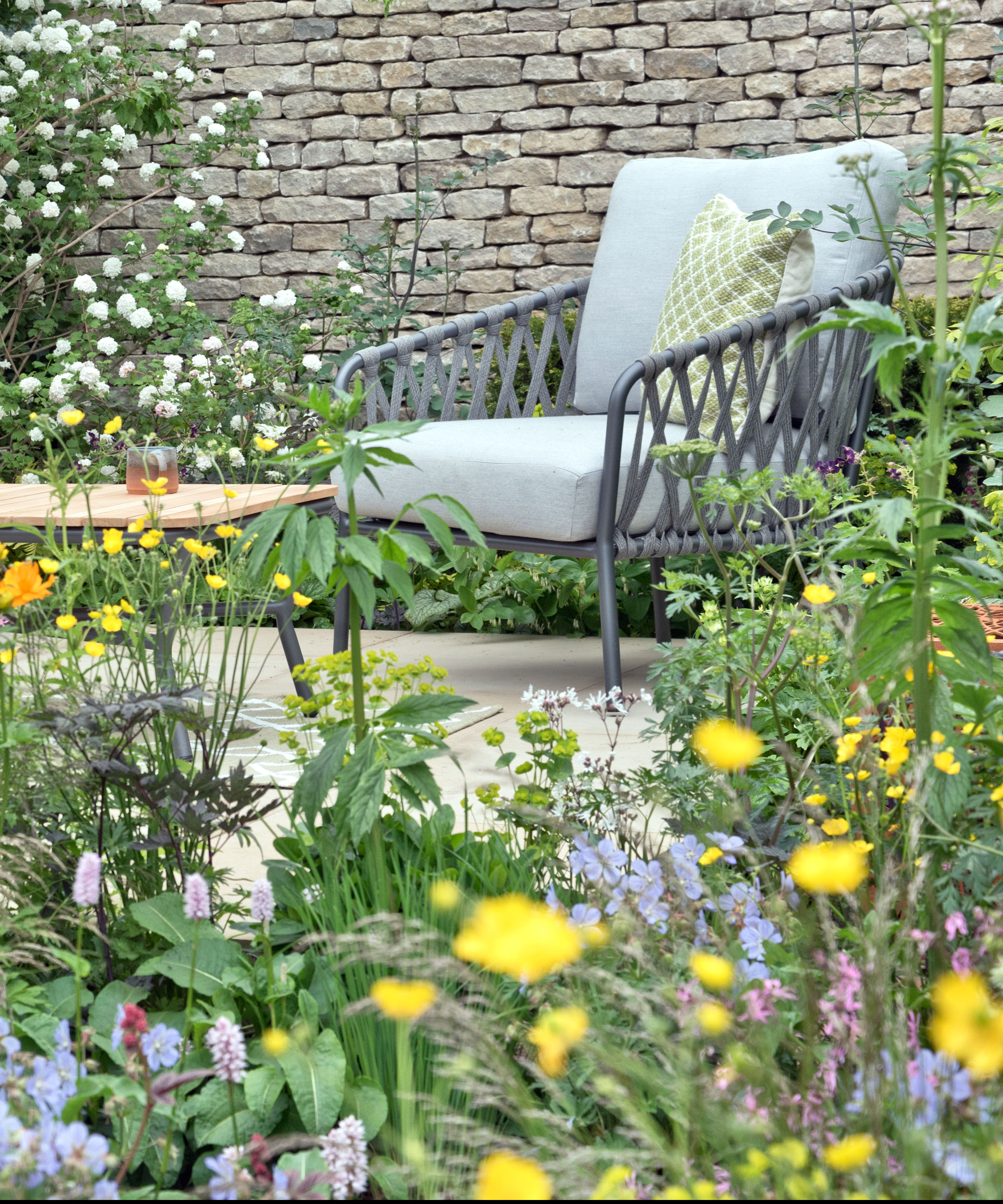
How to get the most out of your shasta daisies
I think that Shasta daisies are some of the best perennials, happily growing in sunny yards from zone 5 to zone 9 without much effort required.
If you want to enjoy a pale yellow variety this summer, I highly recommend the 'Banana Cream' variety, with live plants available from Amazon now.
While not always necessary, a light feed every now and then can give your plants a boost during summer. Here's when and how to fertilize Shasta daisies.
When to fertilize shasta daisies
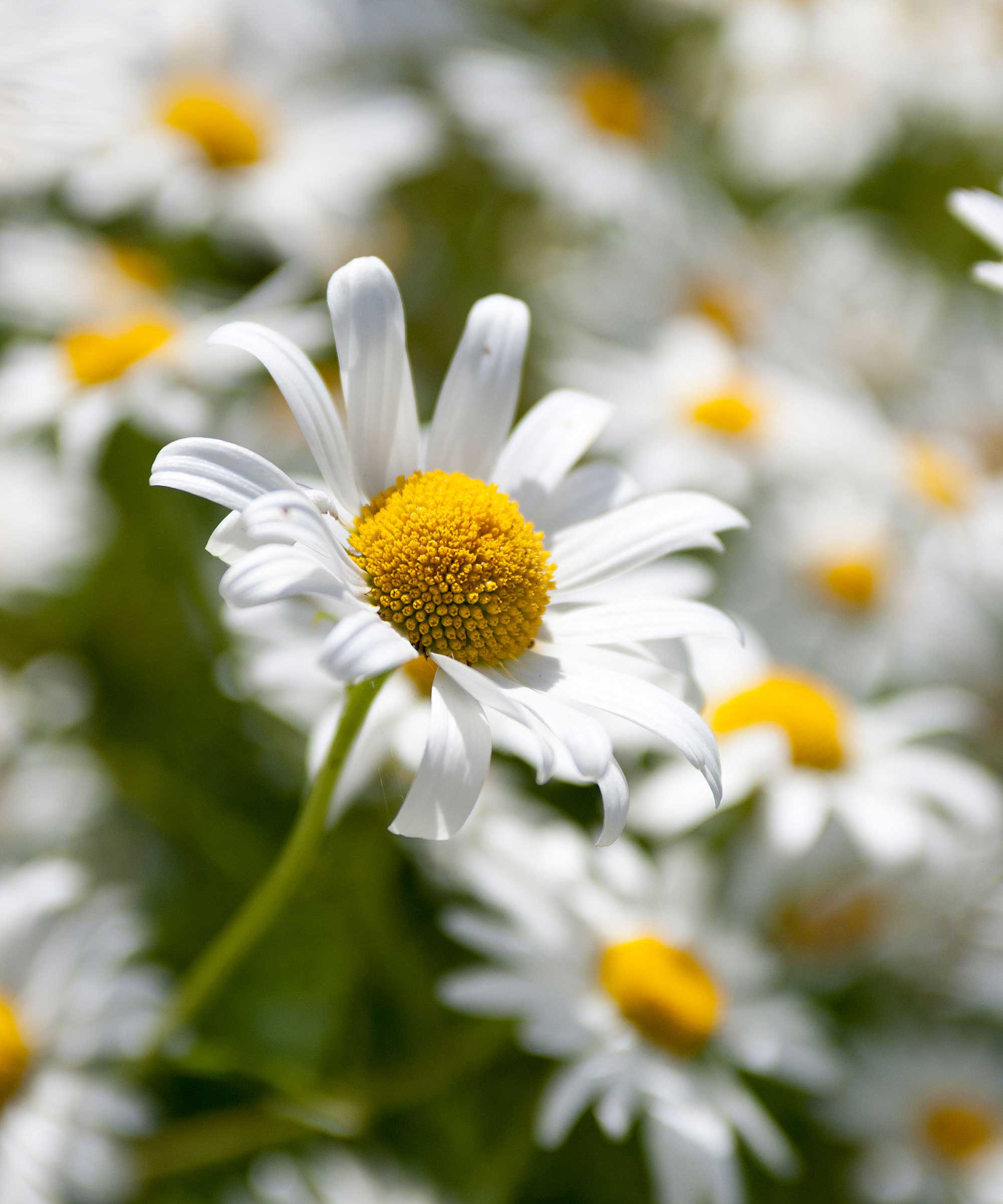
It is not always necessary to feed Shasta daisies, and I would caution against using fertilizer for the sake of it.
Design expertise in your inbox – from inspiring decorating ideas and beautiful celebrity homes to practical gardening advice and shopping round-ups.
So, if your Shasta daisies look healthy and happy, and they are full of flowers in summer, chances are you do not need to fertilize.
If, however, your clump is a little light on blooms this year, or perhaps you are worried about growing perennials in poor soil, then it can certainly help to lightly feed during the growing season.
Do so sparingly, feeding once at the start of spring and once during the summer. Anymore is probably not needed and would be considered a fertilizing mistake.
But for any Shasta daisies growing in pots, there is a different approach. I would suggest feeding once every two or three weeks, largely because container plants are entirely reliant on you for water and nutrition.
How to fertilize shasta daisies
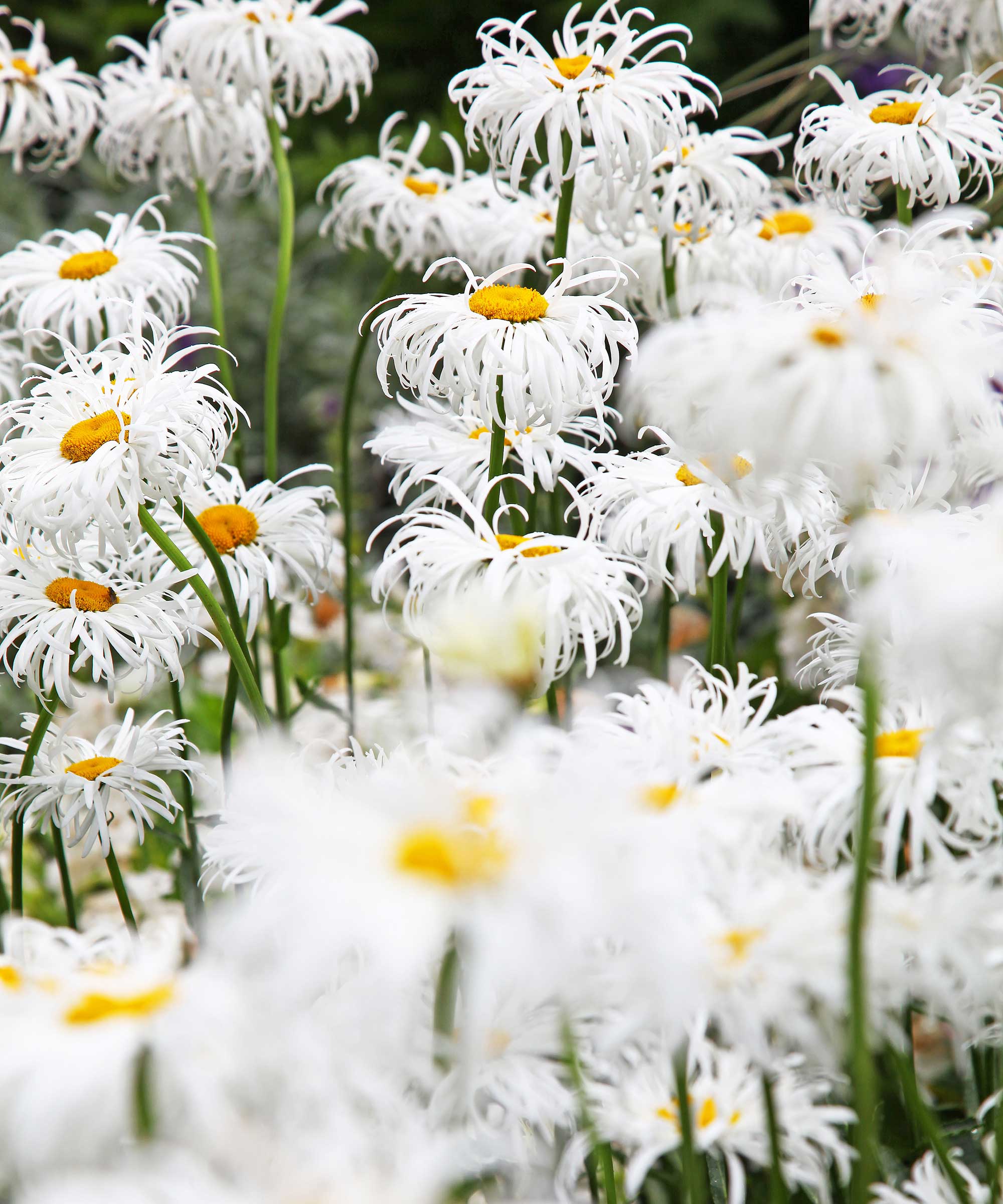
For Shasta daisies, you can feed once using a general-purpose fertilizer in spring. Using a slow-release product can be a good idea and will reduce any need for further fertilizer use later in the summer.
Try something like this organic slow-release feed, available from Amazon.
If you are feeding later in the growing season, you will want to opt for a bloom booster feed that is designed to maximize the number of flowers.
In terms of plant fertilizer numbers, you are looking for a product with a higher potash value, which is the third figure in the fertilizer ratio. So, this means sourcing something like 4-5-8 or 5-5-9.
Something like this organic tomato fertilizer from Burpee, available from Amazon now, is a good idea to maximize blooms.
You can also mulch your borders once a year during fall or winter, once you have cut back your perennials down to the base.
A good layer (around two to three inches) of organic mulch will help to improve the nutrition and structure of your soil.
And, finally, remember to keep deadheading Shasta daisies. Spending ten minutes every couple of days removing any faded blooms will help to prolong the flowering season.
FAQs
When should I stop feeding Shasta daisies?
Usually, plant growth and flower production will begin to wane by early September, and it is at this time that you should stop feeding. Sadly, no amount of feed can prolong the summer or prevent the change in seasons, and so fertilizing late in the season will do no good.
In terms of when to cut back Shasta daisies, I would suggest leaving them to stand until the New Year.
Even when they are brown, wildlife will be grateful for shelter and sustenance during the colder months of the year, and I think browning plants help to keep interest in the yard, too.
For more fertilizing information, see our guide on how to fertilize daylilies to discover how to get the most out of your plants this summer.
Shop gardening accessories

Thomas is a Content Editor within the Gardens Team at Homes and Gardens. He has worked as a professional gardener for both public spaces and private estates, specializing in productive gardening, growing food and flowers. Trained in Horticulture at the Garden Museum, he has written on gardening and garden history for various publications, including The English Garden, Gardens Illustrated, Hortus, The London Gardener and Bloom. He has co-authored a Lonely Planet travel book, The Tree Atlas, due out in 2024.
